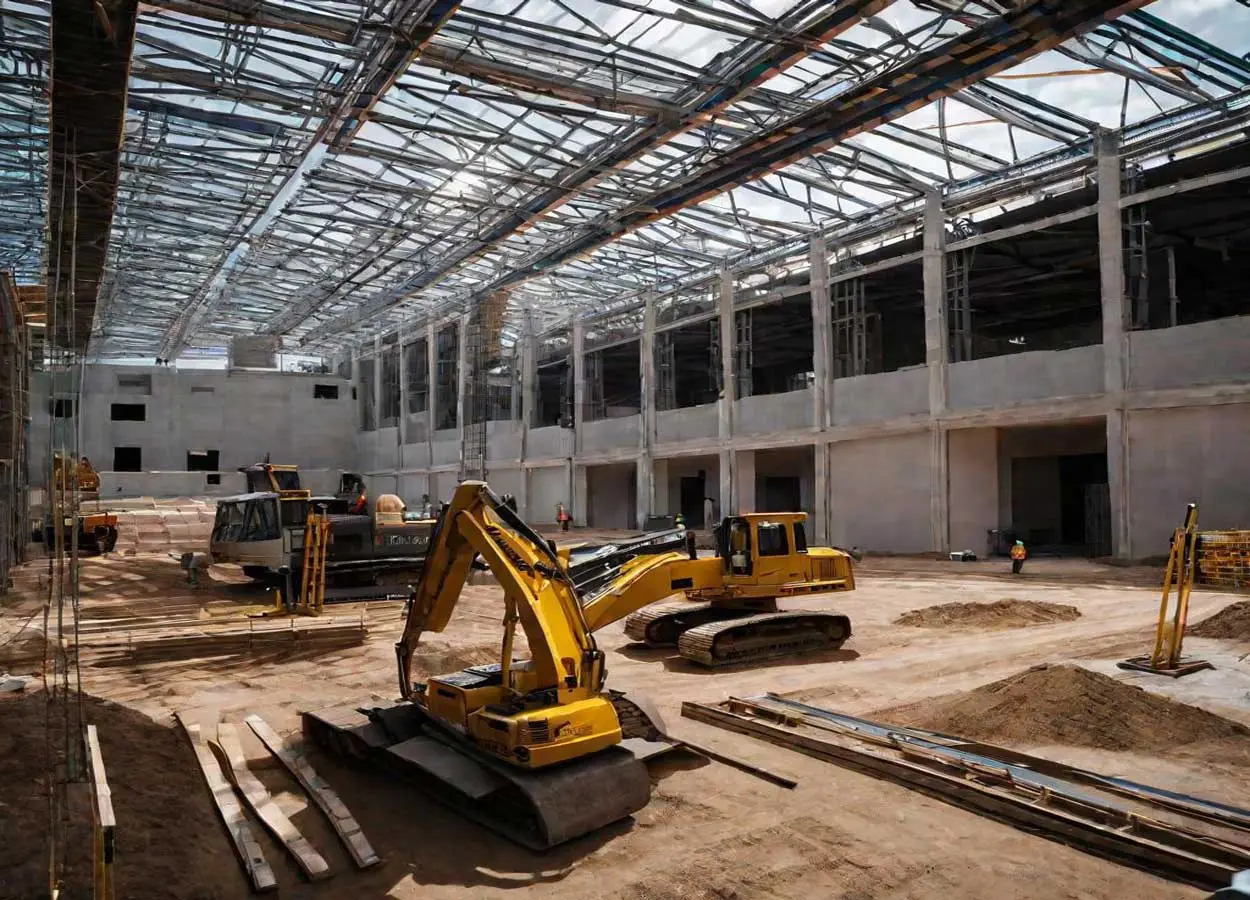Last Updated on May 13, 2024 by Admin
Eco Friendly Construction in the today industry is so important. also, In an era where environmental consciousness is no longer optional but a necessity, the construction industry is undergoing a transformative shift towards sustainability. Eco friendly construction and tools stand at the forefront of this movement, embodying innovative practices and materials that significantly reduce the ecological footprint of building projects. This approach not only prioritizes the health of our planet but also offers a host of benefits ranging from energy efficiency to long-term cost savings. The importance of integrating eco-friendly methodologies in construction cannot be overstated, as it directly impacts our efforts to combat climate change and preserve natural resources for future generations. This article delves into the principles, techniques, and advantages of Eco friendly construction and tools, highlighting how they are reshaping the landscape of modern construction to be more harmonious with the environment. Through this exploration from Taleb Kasimy Trading Co., we aim to provide a comprehensive understanding of why adopting green construction practices is not only beneficial but essential in our quest for sustainable development.
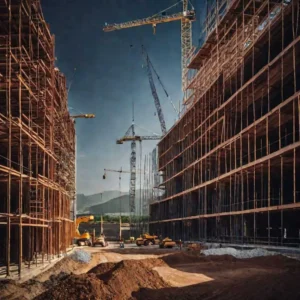
Understanding Eco Friendly Construction
Eco friendly construction, often referred to as green building, stands at the forefront of the global move towards sustainable living. Unlike traditional construction methods, Eco friendly in the construction field, focuses on reducing environmental impact through the efficient use of resources, enhancing occupant health, and minimizing waste and pollution. This innovative approach to building not only benefits the environment but also offers long-term economic advantages for homeowners and businesses alike.
· The Fundamentals of Green Building
The concept of green building with Eco friendly construction is rooted in the idea of creating structures that live in harmony with their natural surroundings. Fundamental to this approach is the efficient use of energy, water, and other resources. For instance, green buildings often incorporate renewable energy sources such as solar panels, wind turbines, and geothermal systems to reduce reliance on fossil fuels. Additionally, they make use of rainwater harvesting and greywater recycling systems to conserve water. Materials selection is another critical aspect, with a preference for sustainable, recycled, or repurposed products that have a lower environmental footprint compared to traditional materials.
· Key Principles Guiding Eco friendly construction Practices
Eco friendly construction is guided by several key principles that ensure the sustainability and effectiveness of the approach. One of the primary principles is the minimization of resource consumption. This involves not only using materials and energy more efficiently but also protecting and preserving natural habitats and biodiversity during construction. Another principle is the reduction of waste through practices such as modular construction and the recycling of construction debris.
· Comparing Traditional and Sustainable Construction Methods
When comparing traditional construction methods with sustainable ones, several key differences emerge. Traditional construction often prioritizes initial cost savings over long-term sustainability, leading to higher energy consumption, greater waste production, and a larger environmental footprint. In contrast, Eco friendly construction methods aim to minimize environmental impact and reduce long-term costs through energy savings and lower maintenance requirements.
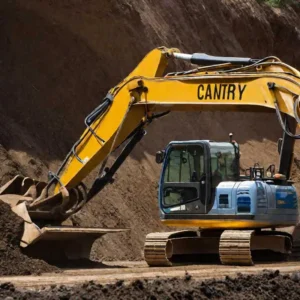
Innovative Materials and Techniques
The quest for sustainability in the construction industry has led to significant advancements in both materials and methodologies. Embracing innovation, the sector is now at the forefront of implementing eco-friendly practices that not only reduce environmental impact but also offer improved efficiency and cost-effectiveness. This segment delves into the pioneering materials and techniques shaping the future of green construction. The cornerstone of Eco friendly construction lies in the materials used. Traditional building materials, while effective, often carry a hefty environmental footprint, from high levels of embodied energy to significant waste production.
In response, the industry is turning to sustainable substitutes that promise lower environmental impact without compromising on quality or durability. Among the frontrunners are bamboo, recycled plastic, and reclaimed wood. Bamboo, for instance, is celebrated for its rapid growth and strength, making it a perfect alternative to hardwood. Recycled plastic, on the other hand, is being transformed into bricks, offering a novel solution to waste management and construction needs. Similarly, reclaimed wood not only prevents deforestation but also adds a unique aesthetic to buildings.
Eco Friendly Tools Transforming the Construction Industry
The Eco friendly construction industry, traditionally known for its high carbon footprint, is undergoing a significant transformation. This shift is largely driven by the advent of eco-friendly tools and technologies designed to minimize environmental impact. As sustainability becomes a global priority, the construction sector is increasingly focusing on green innovations to meet both regulatory requirements and public demand for environmentally responsible practices.
Integrating sustainable tools into Eco friendly construction projects is not just an environmental imperative but also a strategic investment. These tools significantly reduce waste, lower energy consumption, and decrease the overall carbon emissions associated with construction activities. Moreover, they contribute to creating healthier and more energy-efficient buildings, ultimately enhancing the quality of life for occupants. The importance of these tools extends beyond environmental benefits, as they also offer economic advantages by reducing operational costs and increasing property values.
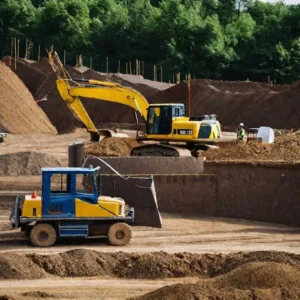
Types of Eco friendly construction tools
The range of Eco friendly construction tools available today is diverse, encompassing everything from energy-efficient power tools to software that optimizes material usage. Among these, electric and solar-powered equipment are gaining popularity for their ability to operate without emitting harmful pollutants. Additionally, innovative materials like bamboo, recycled plastic, and other sustainable alternatives are being used in place of traditional, less eco-friendly options. Software tools also play a critical role in this transformation, enabling more precise planning and reducing waste through optimized resource allocation and project management. These technological advancements are making it easier for construction projects to be both sustainable and efficient.
The advantages of deploying green tools in Eco friendly construction projects are manifold. Firstly, they significantly diminish the environmental impact of building activities by reducing emissions and waste. This not only aids in conserving natural resources but also in complying with increasingly stringent environmental regulations. Secondly, sustainable tools can lead to substantial cost savings over time, thanks to lower energy requirements and the reduced need for raw materials. Thirdly, projects utilizing eco-friendly tools often experience enhanced marketability, as consumers and investors are increasingly drawn to sustainable buildings. Lastly, by prioritizing green tools and practices, the construction industry contributes to broader societal goals of sustainability and environmental stewardship, fostering a healthier planet for future generations.
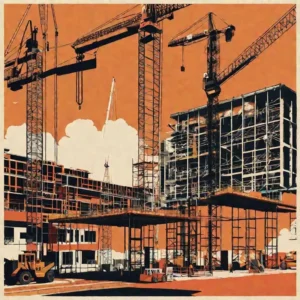
Advantages of Adopting Green Eco friendly Construction
Embracing green Eco friendly construction practices offers a multitude of benefits, not only to the environment but also to the property owners, occupants, and society as a whole. By integrating eco-friendly materials and innovative building techniques, green construction aims to minimize its impact on the natural environment while enhancing building performance and occupant health. Below, we explore some of the most significant advantages of adopting such practices.
· Energy efficiency and sustainability
One of the cornerstone benefits of green construction is its emphasis on energy efficiency and sustainability. Buildings designed and built under these principles consume less energy, thanks to the use of energy-efficient windows, insulation, and lighting, as well as renewable energy sources such as solar panels and geothermal systems. This not only reduces the demand for non-renewable energy but also ensures that the building’s carbon footprint is significantly lower. Moreover, sustainable Eco friendly construction materials, like recycled steel, bamboo, and cork, are preferred for their low environmental impact and durability, further contributing to the overall sustainability of the construction project.
-
Cost savings and economic benefits
While the initial investment in green construction can be higher than traditional methods, the long-term cost savings are substantial. Energy-efficient designs and renewable energy sources lead to lower utility bills, which can generate significant savings over the lifespan of the building. Additionally, Eco friendly construction often qualifies for tax incentives, rebates, and other financial benefits, making the investment even more attractive. The increased demand for eco-friendly buildings also boosts property values, providing an economic advantage to owners looking to sell or lease their properties. Furthermore, the green construction industry supports job creation, contributing to the overall health of the economy.
Conclusion
At the end of this article from Taleb Kasimy Trading Co., Eco friendly construction symbolizes a pivotal shift towards sustainability in the construction industry, embracing the urgent need for environmental preservation while recognizing the economic and social benefits it brings. The article has elucidated the essence of green building, showcasing innovative materials and techniques that reduce the ecological footprint of construction activities. By transitioning to eco-friendly tools and methodologies, the construction sector is not only contributing to the health of our planet but also paving the way for significant long-term savings and benefits for property owners and society at large. Despite the challenges faced in adopting green construction practices, the solutions lie within reach through education, incentives, and continued innovation. also, you can read Tools Shop online in Qatar article for getting good information too. Ultimately, the movement towards Eco friendly construction is not just a trend but a necessary evolution in our approach to development, reflecting a collective responsibility towards a sustainable future.

